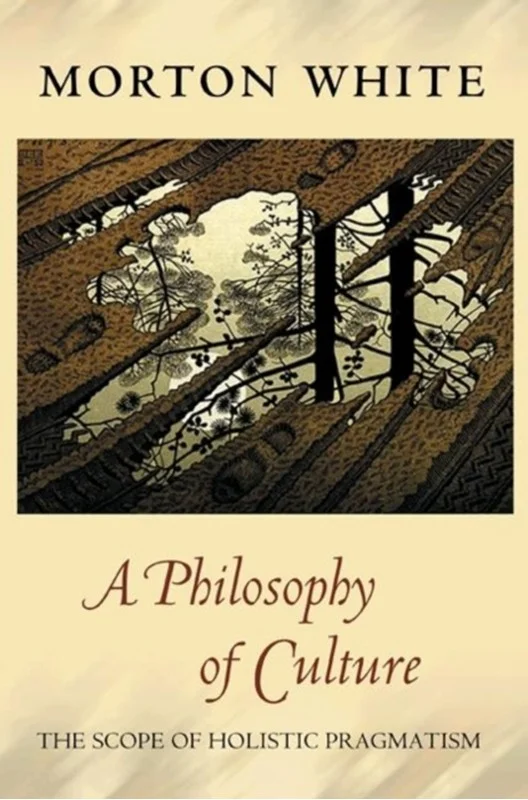Horses of the World - Elise Rousseau - Bog - Princeton University Press - Plusbog.dk
A beautifully illustrated and detailed guide to the world''s horses Horses of the World is a comprehensive, large-format overview of 570 breeds of domestic and extant wild horses, including hybrids between the two and between domestic breeds and other equids, such as zebras. This beautifully illustrated and detailed guide covers the origins of modern horses, anatomy and physiology, variation in breeds, and modern equestrian practices. The treatment of breeds is organized by country within broader geographical regions—from Eurasia through Australasia and to the Americas. Each account provides measurements (weight and height), distribution, origins and history, character and attributes, uses, and current status. Every breed is accompanied by superb color drawings—600 in total—and color photographs can be found throughout the book.Describing and depicting every horse breed in existence, Horses of the World will be treasured by all who are interested in these gorgeous animals. - A unique large-format, field-guide approach that provides complete coverage of the world''s 570 horse breeds - 600 superb color illustrations showcasing every breed - Additional color photos and maps - Accessible text offers detailed information on each breed, including measurements, distribution, origins and history, character and attributes, uses, and current status

















































